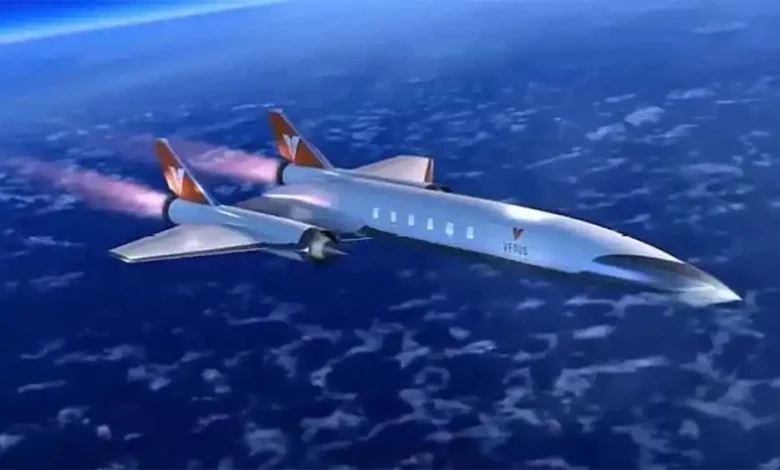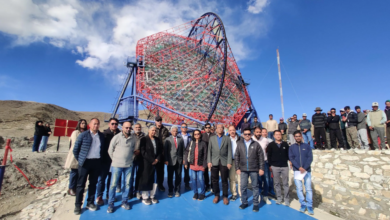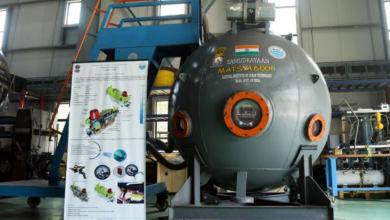Hypersonic jet which can fly from New York to London in just 60 minutes to be tested soon
The engine, known as Venus Detonation Ramjet 2000 lb Thrust Engine (VDR2), serves as the foundation of this incredible speed.

A breakthrough hypersonic jet (an aeronautical innovation) is projected to radically transform the future of air travel, permitting flights from New York to London in less than an hour. This one-of-a-kind aircraft, designed by a startup engineering firm (Venus Aerospace), can reach Mach 6, which is approximately 3,600 mph (5,795 km/h), or six times the speed of sound.
The first test flight for this cutting-edge aircraft is scheduled for 2025. The engine, known as Venus Detonation Ramjet 2000 lb Thrust Engine (VDR2), serves as the foundation of this incredible speed. Although this complex engine enables hypersonic flight, it also makes long-distance travel much faster and more efficient. But, because of its advanced technology, some challenges remain.

Venus Aerospace has partnered with (aerospace) company Velontra to execute an upcoming test flight: this initiative aspires to herald a new epoch of high-speed travel. Unlike conventional aeroplanes, this hypersonic jet will operate at considerably higher altitudes. Initially, it will rely on traditional jet engines for takeoff; however, it will transition to rocket propulsion as it ascends.
Although it will not reach the very edge of space, passengers will be treated to breathtaking views of Earth’s curvature, as well as the vastness of the cosmos above them. At a recent summit event, Andrew Duggleby—the co-founder of Venus Aerospace—unveiled a new engine (which he characterized as groundbreaking) and conveyed his enthusiasm regarding a partnership with Velontra. He remarked: “This engine makes hypersonic economy a reality.”
We are thrilled to engage in collaboration with Velontra, aiming to usher in (a) a new era of high-speed flight, capitalizing on their expertise in high-speed air combustion. Eric Briggs (Velontra’s Chief Operating Officer) echoed this sentiment, expressing his eagerness for the project: “We can’t wait to get started, fly the first one and refine an engine concept that has primarily existed in textbooks until now.”
Venus is the ideal partner we could ask for, as they are rocketry pioneers (prepared to meet the huge hurdles we face). We’re excited to join them on this trip. The race to build hypersonic aircraft is heating up; however, many companies, most notably Sierra Space and Hermeus, are also developing planes capable of reaching Mach 6 speeds. Furthermore, China Space Transportation is developing (a) a “rocket with wings” for space tourism and speedy intercity travel. This competitive scenario emphasizes the importance and potential of hypersonic technology, but problems persist.
These groundbreaking (aircraft) are poised to transform the flying experience by delivering unprecedented speed and efficiency. However, there are hurdles, such as the necessity to lessen the sonic boom noise created by hypersonic flight. Ensuring passenger safety on these short flights is particularly crucial. Despite continual advancements, the aviation industry is eager to embrace the transformations that revolutionary technologies will bring to air travel. This anticipation emphasizes the potential impact on aviation’s future since advancements could alter how we experience air travel.
You might also be interested in – Ambanis reserve 7-star London hotel for Anant and Radhika’s post wedding celebrations



